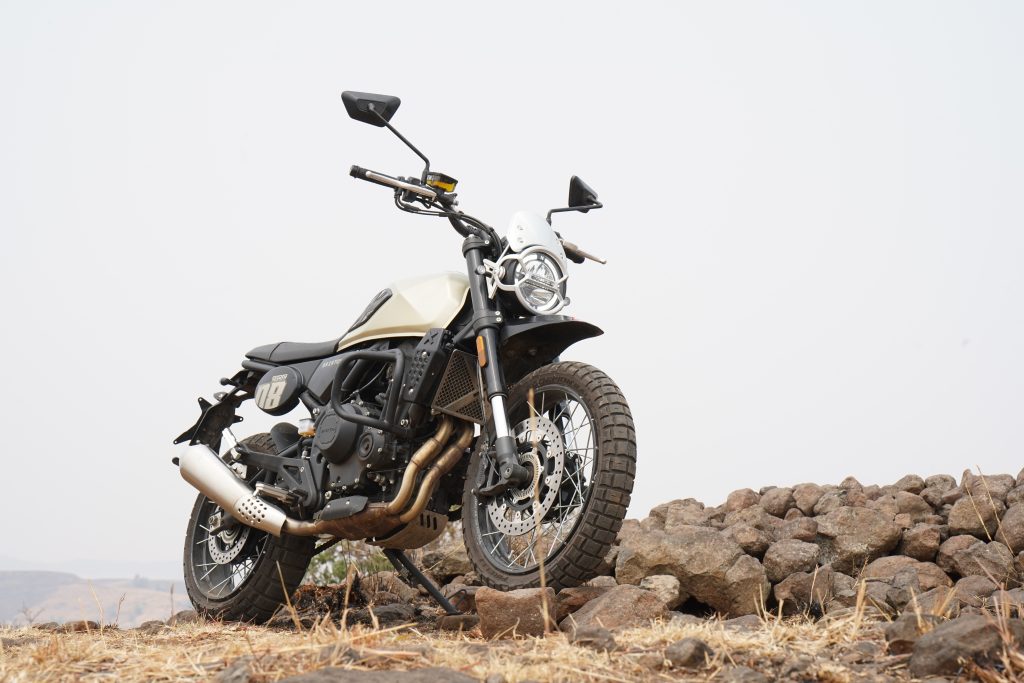
The Brixton Crossfire 500XC is the scrambler version of the 500X, which, on paper, should be the default pick of the two for our road conditions. In the real world, though, it is a very different story.
With the exception of its taller stance and 19-inch front wheel, the Brixton Crossfire 500XC looks like a Crossfire 500X with an off-road cosmetic pack slapped on to it. A short fly-screen, headlight guard, raised dirt fender, crash-guard, and some additional bodywork elements towards the rear give it a busier yet more purposeful look. The sleek appeal of the roadster is replaced by a more rugged, I-can-go-anywhere visual character on the scrambler.
The seating position is definitely a more commanding and upright one. The seat height is 839 millimetres and the handlebar is placed higher thanks to risers. I didn’t sit completely upright here either and had to lean forwards a bit—I would probably rotate the handlebar towards me to achieve a more comfortable position should I go touring on the 500XC. This seems like something Brixton expects customers to do since the handlebar has markers to show how much you’ve rotated it.
Since a number of components are shared between the two Crossfires, parts such as the engine and gearbox have the same pros and cons. Both bikes also run the same gearing but the 500XC runs slightly lower overall gearing because of its smaller rear tyre size. The 500XC’s brakes, however, don’t feel as good as the 500X’s; they feel comparatively spongy and lack bite. The tyres on the scrambler are Pirelli Scorpion Rally STR which work excellently on the road as well as on the rougher sections.
The make-or-break parameter for this bike, being a scrambler, is how it rides. The scrambler’s duty is to be able to tackle varying terrain with composure and, therefore, I played around with the suspension more here trying to achieve this. At lower city speeds, softer damping worked well, but speeding up caused the bike to bounce around quite a lot which you can feel more because of its weight. Therefore, a firmer setting works better at higher speeds and on rougher road patches since the bike feels more in control and less jumpy. The front has 18 clicks of adjustability at the front and 25 at the rear. I was running at nine and 12 from the softest settings for the front and rear respectively, which worked decently for road use but I couldn’t find a happy place for the suspension where it consistently felt good on rougher sections; it just felt too heavy.
The 500XC is five kilograms heavier than the 500X and whenever you try to go “scrambling”, it makes its entire 195-kilogram kerb weight felt. I found the weight to be a limiting factor regardless of what suspension setting I opted for.
The Brixton Crossfire 500XC has the potential to be a comfortable and capable long-distance tourer but the suspension-weight equation doesn’t feel great when the terrain gets rough. At Rs 5.19 lakh (ex-showroom), the 500XC is an even tougher sell than the 500X, since it’s positioned at Rs 1.8 lakh more than the Royal Enfield Bear 650.
Both bikes are too expensive for what they offer, but between the two, the Crossfire 500X makes for a much more complete experience of a roadster than the 500XC does of a scrambler.
Read more: Brixton Crossfire 500X Review

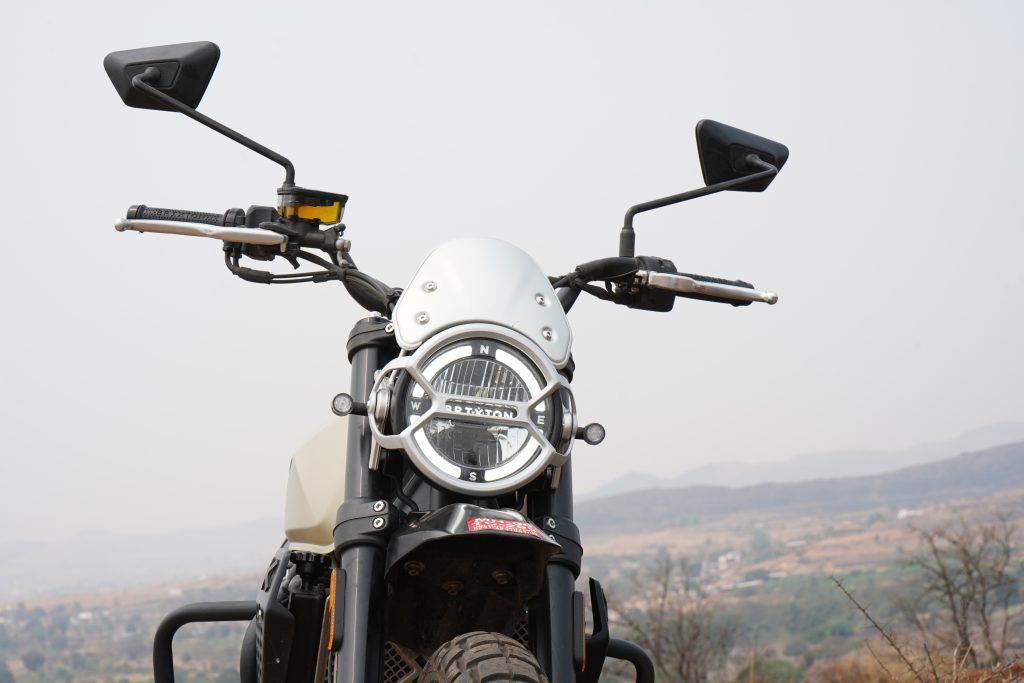
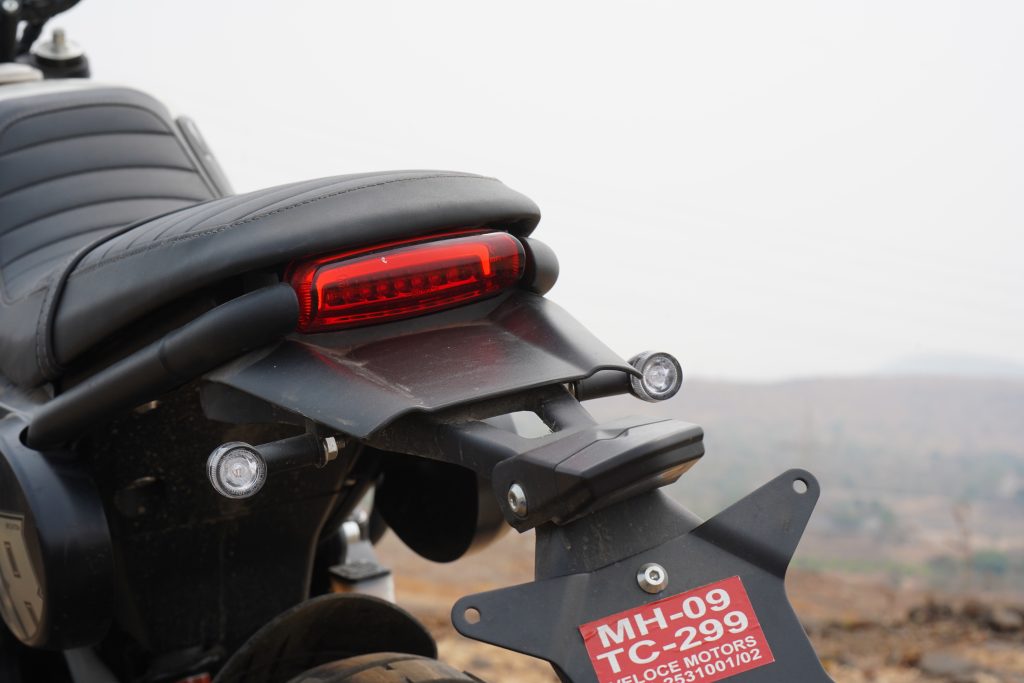
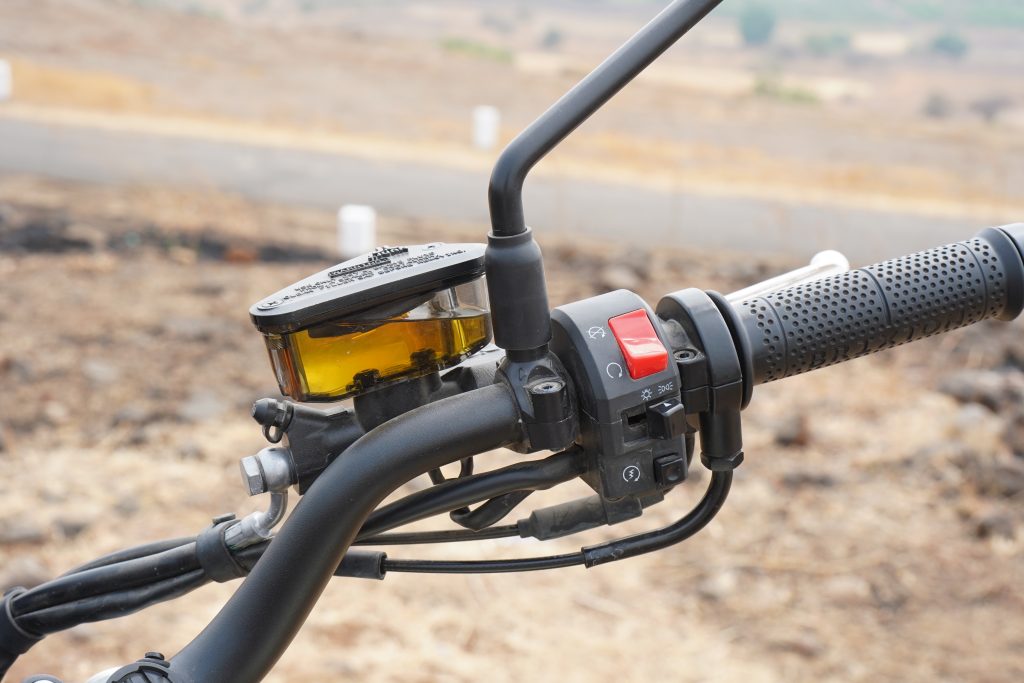
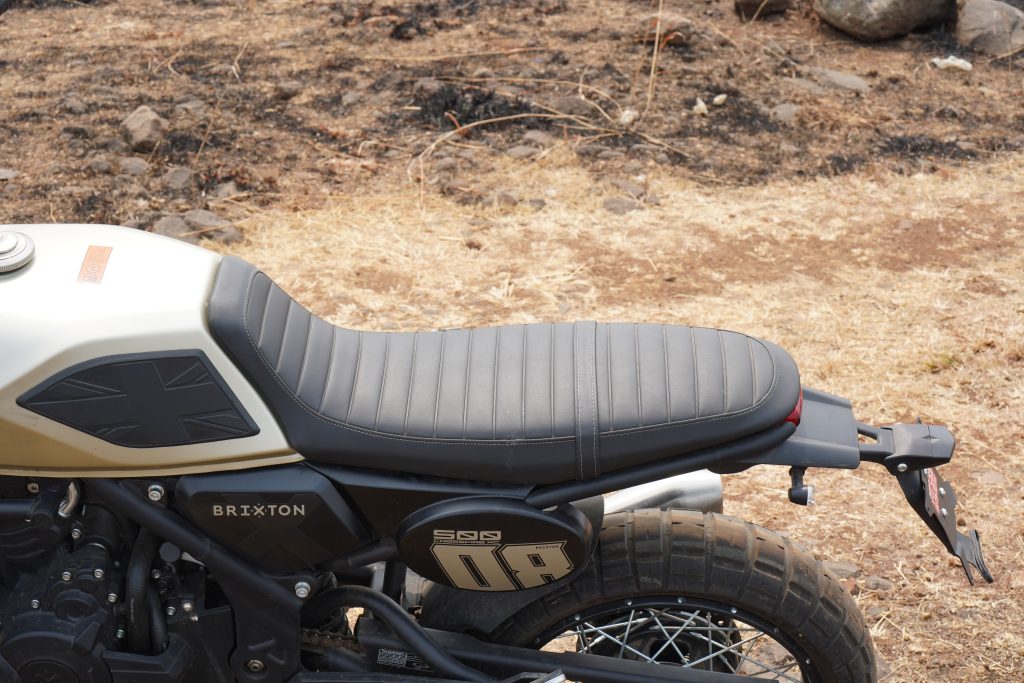
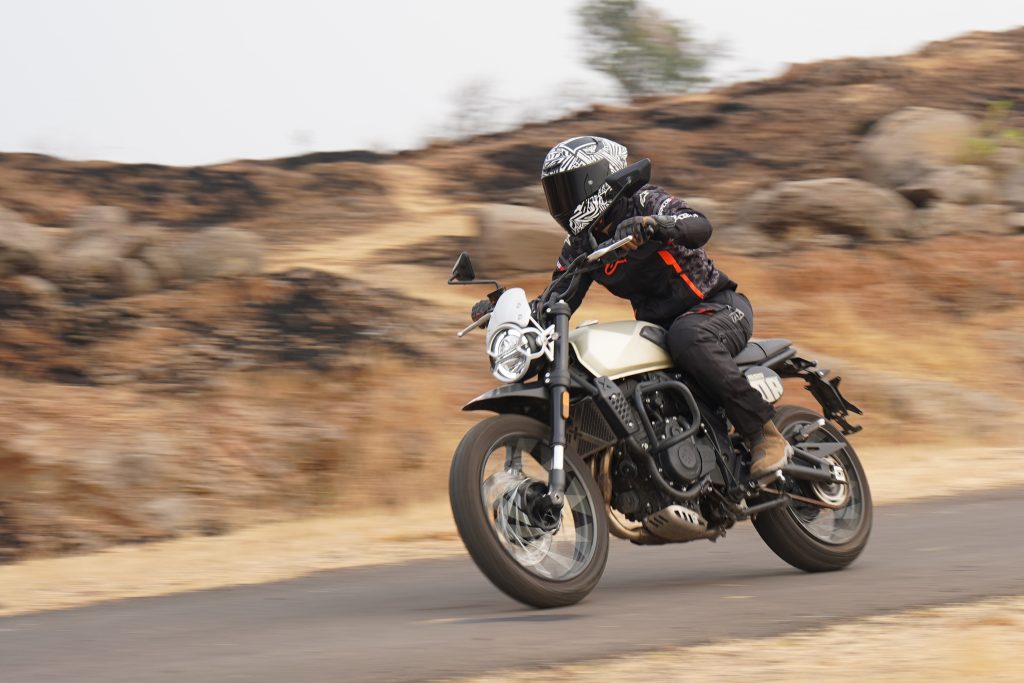
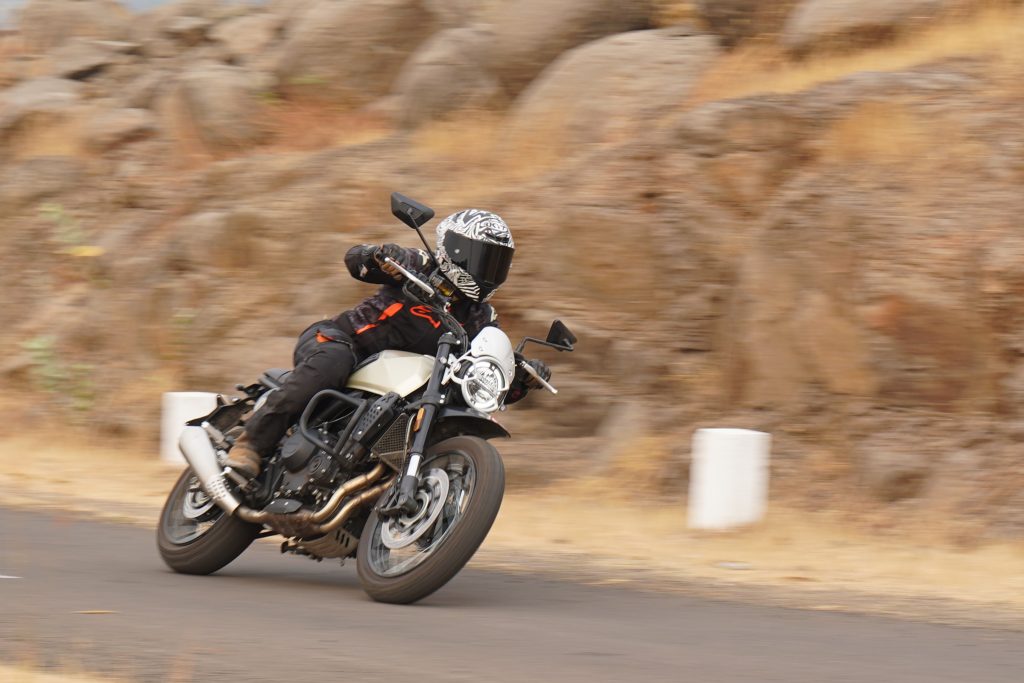

Leave a Reply